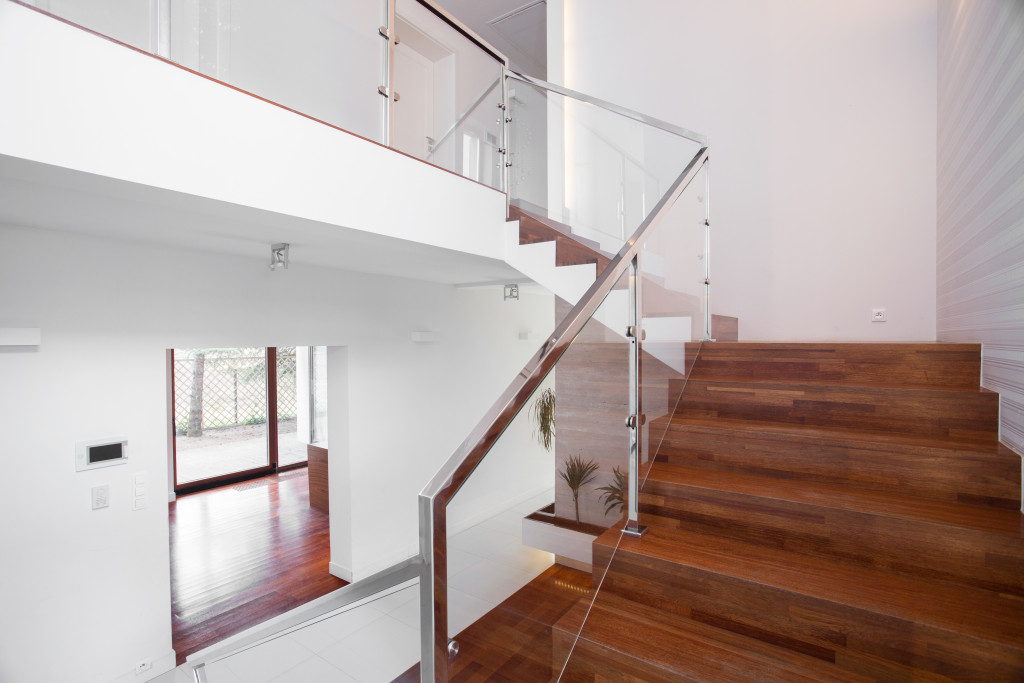Your home is your paradise and, therefore, should be your family’s safest location. This is usually true, but there are still certain elements that some homeowners easily neglect in the future. You may have been unable to recognize or know that you could apply something to strengthen the safety of your home.
Falls, Trips, and Slips
For instance, cables or small things may be necessary for some households, but they might create a significant risk of injury if left on the floor. Poor lighting can also contribute to a disastrous fall if it is hard to overcome barriers or uneven terrain due to lack of visibility.
It’s also worth considering the various conditions which could form a dangerous or slippery surface. In some cases, a water puddle can become perilous, making safety rails in the bathroom an essential. In addition, there are inherent concerns for other floor types — including an ill-fitted carpet, tiling, and black-screened concrete.
Choking
The risk of strangulation and choking is a regular risk at home. Food that is not well cooked can be hazardous. Try to chop food into tiny bites, try to encourage slow eating to your family and loved ones, or consider combining food with a non-alcoholic beverage to get dry food to soften.
Besides food, things like cables and little toys might be harmful in your home. Consider inspecting your home, where youngsters may be present, to ensure no danger of choking and strangulation.
Stairs and Windows
Accidental falls are a significant cause of preventable injury and death for both children and older people. The safeguarding of doors and exits leading to staircases is always essential. You can install wall-mounted gates and block the top and bottom of the stairs. Ensure that the stairs also have a non-slip surface to provide traction when climbing them. It is important to consistently keep the steps clutter-free
When you open windows in the house, crack them a couple of centimeters (not more than ten centimeters) to avoid little children from falling or climbing out. Always open from the window’s top if possible. Take note that a child’s weight is too much for traditional screens. Screen guards might be fitted instead, and in case of emergency, you can also easily remove them.

Poisoning
There are several toxicity hazards in many household things, such as petrol, medications, and maintenance and cleaning supplies. If these objects are kept closed and out of the reach of youngsters, then it reduces the likelihood of the items getting accidentally eaten. When placing them in storage, take note not to keep chemical products inside bottles that others might mistake as a beverage, such as a soda pop bottle.
Carbon monoxide is another danger that couples should remember. In homes with fossil fuels appliances, such as gas, carbon monoxide poisoning may happen. Although it’s a difficult substance to detect, having a carbon monoxide sensor can lower your chance of exposure. Moreover, regular maintenance is necessary for appliances, such as stoves and heaters, which may cause leaks.
Microwaves
While heating food or beverages using a microwave may seem like a speedy alternative to the youngsters, it is still as harmful as using the stovetop. Microwaves can sometimes heat unevenly and generate intense heat spots in meals that lead to tongue or mouth burns.
Moreover, each of these appliances is different. What can consume 90 seconds in one, another model can quickly knock 30 seconds. Foil or metal may generate sparks or flames in a microwave, and the excessive amount of food might cause a nasty blast when kept inside for too long.
Microwaves positioned above stop tops can risk children getting hot food or liquid on their heads. It is crucial to ensure that your child is of the right age to use one and is taught what to do and not to do when using a microwave. Give them a lesson on how to responsibly use kitchen appliances.
Allergies
Mold forms when water condenses on surfaces, such as window frames and walls, and is directly associated with the moisture in your home. When you have a mold allergy, headaches, itchy eyes, and sneezing might be part of the symptoms. Eliminate condensation from your home’s surfaces, especially in wet areas such as your kitchen and bathroom, and ensure clean air vents to prevent mold growth. You can use an air purifier as well.
For a parent, nothing is worse than the implication of their child in an avoidable accident. With these suggestions and house recommendations, you and your family will have the necessary peace of mind to live at home every day without much safety concern.

